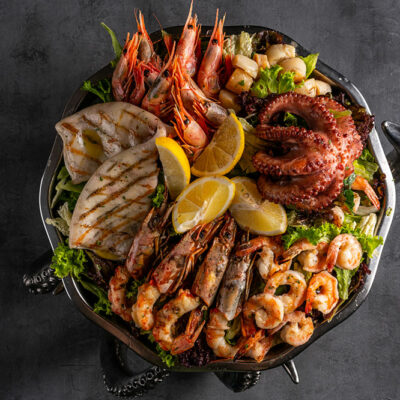
8 Tips to Formulate a Healthy Canine Diet
If you’re a dog lover or owner, you might be keen to know what a healthy diet chart for dogs looks like. Feeding your pooch the right foods and following a well-balanced diet is necessary for their overall health. To know what to feed your dog, you must understand their nutritional requirements and how they develop or change over the years.
The following are eight things to include when formulating a healthy diet chart for dogs:
- Animal proteins : It’s best to offer dog foods that contain animal proteins, as vegetable proteins are more difficult for them to digest. Dogs require almost 22 percent of proteins for growth and reproduction, but excess protein intake can also be harmful. It leads to hyperactivity, which is highly undesirable.
- Fruits and vegetables : Whole foods like these contain live enzymes that are extremely important for your dog’s overall health and well-being. These fibrous foods aid digestion and improve bowel movements in dogs.
- Healthy fats : Always opting for fat-free dog food is not right, as healthy fats are required for dogs and form a crucial part of a healthy diet chart for dogs. Adult dogs need almost 5 percent of fats in their everyday diet.
- Whole foods : Inflammation is one of the key causes of premature death in dogs, so you must feed your pet antioxidant-rich foods. Any commercially available food is likely to be inherently inflammatory and can cause arthritis and pancreatitis in dogs.
- Green lentils : It is a misconception that dogs need grains to stay healthy, as they will never eat grains in the wild. Most dogs are actually allergic to wheat, so add more green lentils to their diet instead. They are protein-rich and highly nutritious for your pet, and they are also rich in fiber and minerals, especially magnesium and iron.
- Coconut oil : You can consider adding raw coconut oil to your pet pooch’s diet for healthy fats. Unlike vegetable oils, coconut oil contains saturated fats and helps maintain healthy body weight. The raw oil goes directly to the liver and is transformed into energy. As your pet’s energy levels increase, they can exercise more. Also, your dog has fewer chances of developing obesity-related diseases if they are lean.
- Water : Fluids, especially water, are essentials in your canine’s daily diet chart but are often overlooked. Water intake depends on your dog’s activity levels, and your dog may feel more thirsty if they consume a lot of dry foods.
- Avoid gluten : Many dry pet foods contain gluten, which is produced from corn and added to pet foods to avoid unstable fats from turning rancid. However, this leads to waste products being retained, which can damage the kidneys and liver. GMO corn is also used frequently in pet food and can damage your dog’s organs.


